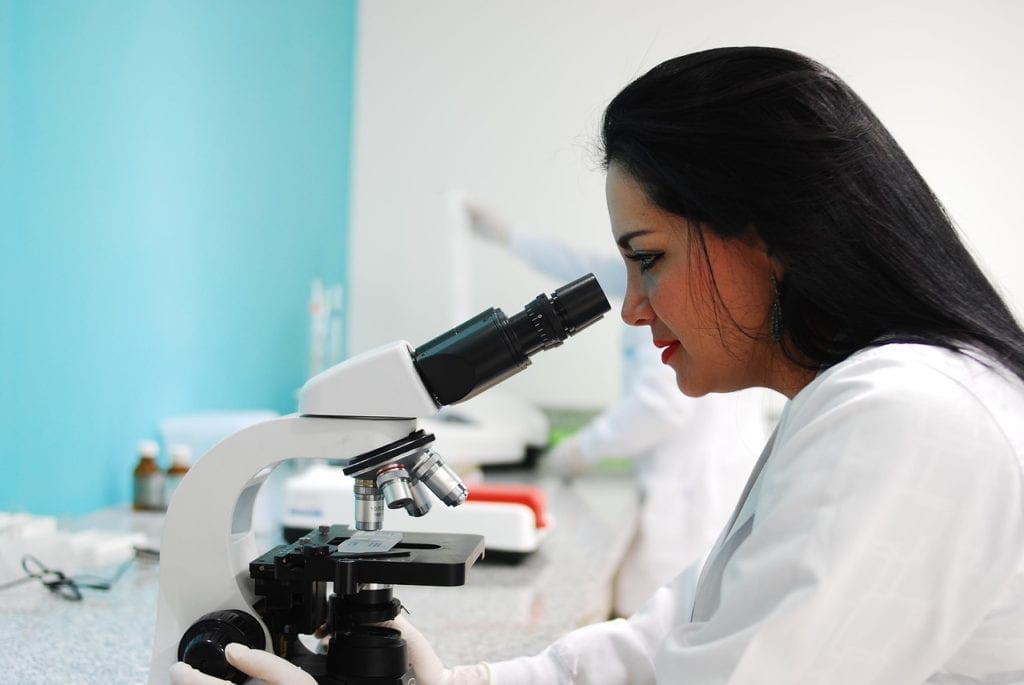In 2012, a new medical technology emerged: CRISPR-Cas9, which offered the opportunity for gene editing. LabBiotech explains that gene editing could benefit patients with genetic disorders by adding, deleting, or altering necessary genes. Additionally, CRISPR offered a more efficient and affordable experience, making it more accessible to the general population. Yet, as time has gone on, more and more complications have been associated with CRISPR. Could RNA editing be a better option for treating genetic disorders?
RNA Editing
In the 1980’s, scientists first discovered the concept of RNA editing. According to ScienceDirect, it was first discovered by Rob Benne and his research team:
in a mitochondrion-encoded mRNA of a kinetoplastid trypanosome.The term RNA editing initially referred only to the process as it occurs in trypanosomes, which involves the post-transcriptional insertion and deletion of uridylate (UMP) within nascent transcripts.
However, researchers discovered that RNA editing expands further than they initially thought. It was then explored in therapeutic settings in 1995 as a potential treatment for muscular dystrophy (MD). Now, shares the same ScienceDirect article:
RNA editing is used to describe the insertion and deletion of nucleotides other than UMP, base deamination, and the co-transcriptional insertion of non-encoded nucleotides.
While the language may sound slightly complicated, the process itself? Not so much. Basically, there are certain molecules which carry instructions to create proteins. RNA editing allows scientists to change these molecules without actually changing someone’s DNA. This is especially important as one of the concerns around CRISPR is that it sometimes creates off-target DNA alterations.
In 2012 and 2013, scientists reaffirmed the potential of RNA editing. However, these findings emerged around the same time as CRISPR. People did not see the need in addressing RNA when they could change DNA on a more fundamental level. Until 2018, there was little discussion around RNA technology. However, when the EMA and FDA approved patisiran, a double-stranded interfering RNA drug for the treatment of polyneuropathy in patients with hATTR amyloidosis, discourse on RNA once again began.
Common Method
Adenosine deaminase action on RNA (ADAR) is one common form of gene editing. According to Chapter 7 in The Enzymes, ADAR is an enzyme discovered in the 1980’s. While ADAR malfunctions can cause diseases, researchers may also leverage ADAR to alter DNA molecules. First, researchers use a guiding RNA sequence to identify molecular targets. Next, ADAR changes an RNA base. Ultimately, this “fixes” genetic mutations.
Advantages and Disadvantages of RNA Editing
Generally, using ADAR for RNA editing is positive as ADAR is already present in our bodies. As a result, researchers only need to deliver guide RNA to the body, unlike CRISPR, which requires an RNA guide and Cas9 protein delivery. Additionally, with CRISPR, Cas9 is not a normally occurring protein. Because of this, the immune system may identify it as a foreign invader and attack.
Next, guide RNA is safe. As they are antisense oligonucleotides, which have already been FDA-approved, treatments using guide RNA are somewhat ahead of the game. Finally, RNA changes are not permanent. Therefore, researchers don’t need to worry about irreparably damaging or modifying DNA for treatment.
However, there are also significant disadvantages to this technology. First, RNA is delicate and fairly unstable. As a result, even delivering guide RNA can cause damage or degradation. This means researchers will need a stable and protective delivery system. Next, RNA guides can cause negative immune responses. Finally, enzymes are fairly specific to RNA bases. As a result, researchers cannot change or alter the technology too much. Thus, RNA editing cannot treat as many genetic disorders as CRISPR.
Companies and Startups
Currently, there are a few companies and startups who are working on exploring RNA editing. In many cases, these organizations are looking to use this technology to treat rare diseases. They include:
- Locana, developing treatments for Huntington’s disease
- Vico Therapeutics, developing treatments for Huntington’s disease and spinocerebellar ataxia
- ProQR, developing therapies for genetic disorders causing blindness
However, no companies have tested their therapies on humans at this point.






